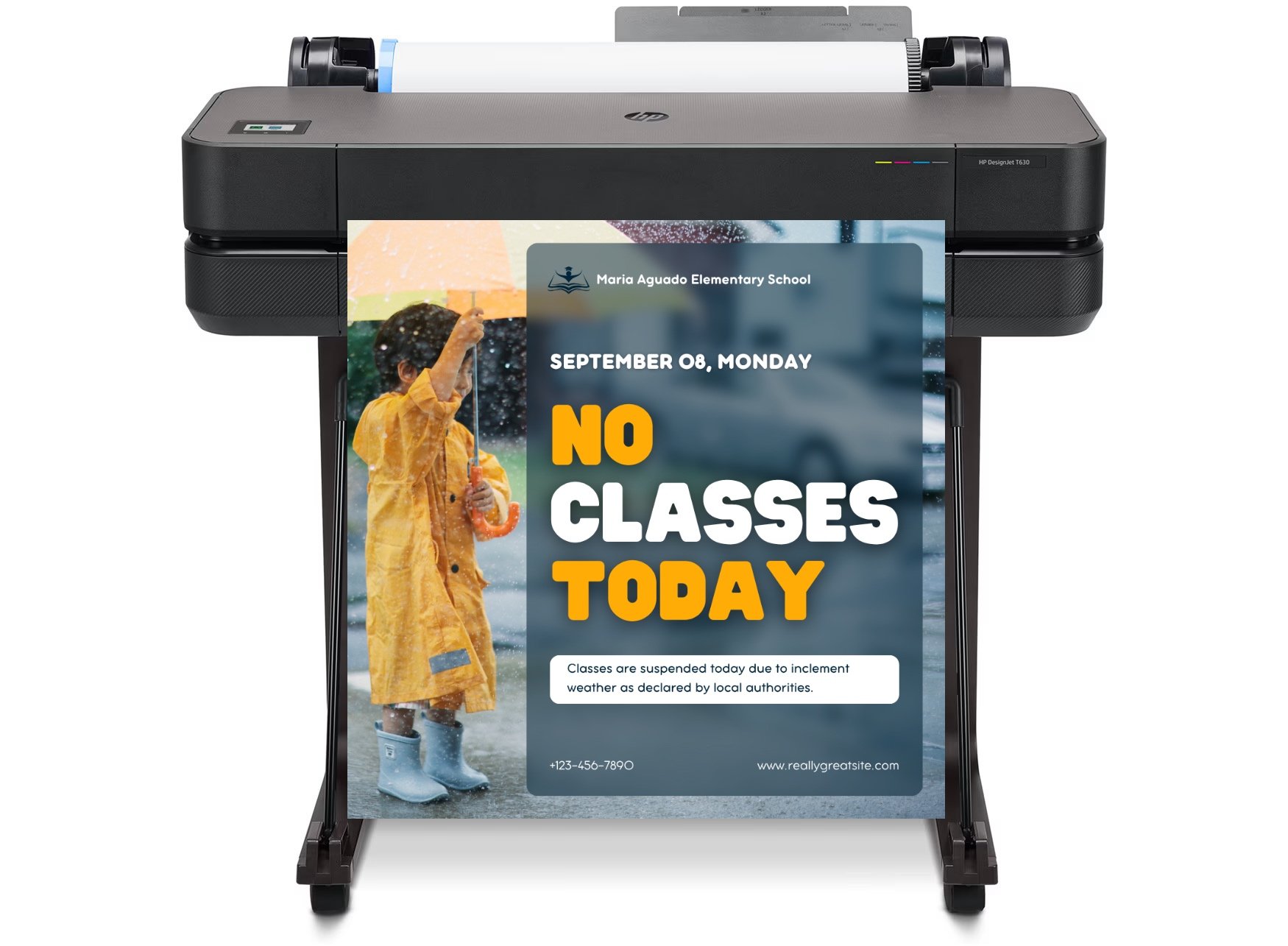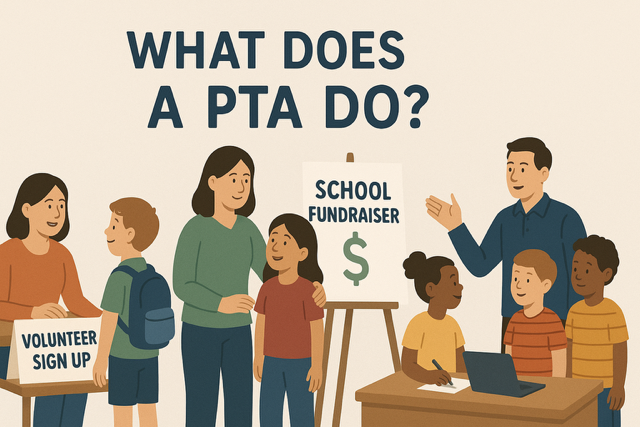
DISCOUNTED EDUCATION PRICING! CALL 1-877-891-8411. We Gladly Accept School Purchase Orders!

In the bustling world of K-12 education, acronyms fly around like confetti at a school assembly: PTA, PTO, IEP, STEM—the list goes on. But if you’re a parent, teacher, or even a curious community member, one term that often pops up is PTO. What does a PTO actually do? If you’ve ever wondered about the behind-the-scenes magic that keeps school events running, classrooms stocked, and communities connected, you’re in the right place. A Parent Teacher Organization (PTO) isn’t just a group of volunteers sipping coffee in the school cafeteria; it’s a powerhouse of support that bridges the gap between home and school.
Picture this: Your child’s school needs new playground equipment, but the budget is tight. Or perhaps the teachers could use extra supplies for hands-on science experiments. Enter the PTO—a dedicated team of parents, teachers, and staff who roll up their sleeves to make these things happen. In this comprehensive guide, we’ll dive deep into the roles, responsibilities, and real impact of a PTO. Whether you’re considering joining one or just want to appreciate the unsung heroes in your local school, by the end of this blog, you’ll have a clear picture of what a PTO truly accomplishes. Let’s break it down step by step, exploring everything from fundraising to fostering lifelong community ties.
First things first: What exactly is a PTO? At its core, a PTO stands for Parent Teacher Organization. It’s a school-based group composed of parents, guardians, teachers, and sometimes school administrators or staff, all working collaboratively to enhance the educational experience for students. Unlike more casual parent groups, a PTO is often formally organized with elected officers, bylaws, and regular meetings to ensure everything runs smoothly.
PTOs exist in public, private, and charter schools across the U.S., and their size can vary from a handful of dedicated members to hundreds in larger districts. The primary goal is always the same: to create a supportive environment that benefits students, educators, and families. For instance, in many schools, PTOs operate as nonprofits, handling finances transparently to fund initiatives that district budgets might overlook.
Why does this matter? In an era where school funding is often stretched thin, PTOs fill critical gaps. They promote parental involvement, which research shows leads to better student outcomes, including higher attendance and improved academic performance. If you’ve ever attended a school carnival or benefited from a teacher appreciation lunch, chances are a PTO was behind it. But their role goes far beyond events—it’s about building a foundation for educational success.
One common point of confusion is the difference between a PTO and a PTA (Parent Teacher Association). While both organizations share the overarching goal of supporting schools, students, and families, they differ in structure, affiliation, and operations.
A PTA is part of the National PTA, a longstanding nonprofit organization founded in 1897 that operates at local, state, and national levels. This affiliation provides PTAs with access to a wealth of resources, including training materials, advocacy tools, and standardized guidelines for governance. PTAs often pay dues to the national and state chapters, which fund broader initiatives like lobbying for education policies, child health programs, and family engagement strategies. This connection allows PTAs to influence larger-scale changes, such as advocating for federal funding or standardized testing reforms.
In contrast, a PTO is typically an independent entity, not tied to any national organization. This independence grants PTOs greater flexibility in how they operate, allocate funds, and set priorities. Without mandatory dues or rigid structures, PTOs can focus entirely on their specific school’s needs, adapting quickly to local challenges. However, they may lack the extensive resources and networking opportunities that come with national affiliation. For example, a PTO might organize events or fundraisers without following predefined PTA protocols, allowing for more creative, community-specific approaches.
Choosing between forming a PTO or PTA often depends on the school’s size, community preferences, and desired level of involvement in national advocacy. Some schools start as PTOs for simplicity and later affiliate with the PTA for added support. Ultimately, both models foster strong home-school partnerships, but understanding these differences helps schools and parents decide which best suits their goals.
Now that we’ve defined what a PTO is, let’s get into the nitty-gritty: What does a PTO actually do on a day-to-day basis? The responsibilities are multifaceted, but they generally fall into several key categories that keep the school ecosystem thriving.
At the heart of most PTOs is fundraising—a vital function that generates resources for school improvements and programs. This could include organizing bake sales, book fairs, or larger events like auctions and fun runs. The funds raised might go toward classroom supplies, technology upgrades, field trips, or even building enhancements like new library books or playground equipment. For example, in one elementary school, the PTO raised thousands to install sensory paths for students with special needs, directly impacting daily learning.
Beyond money, PTOs excel in volunteer coordination. They recruit and organize parents to assist with everything from chaperoning field trips to helping in classrooms or at school events. This not only lightens the load for teachers but also allows parents to see firsthand how education unfolds. Imagine a science fair where parent volunteers judge projects or a reading program where families take turns as guest readers—these moments create enriching experiences that textbooks alone can’t provide.
Communication is another cornerstone. PTOs often manage newsletters, social media pages, and email lists to keep families informed about school happenings, policy changes, and opportunities to get involved. In larger districts, they might even host town hall-style meetings to discuss issues like curriculum updates or safety concerns. This role ensures that parents aren’t left in the dark and can actively participate in their child’s education.
PTOs also support staff appreciation efforts. From organizing teacher luncheons to providing small gifts during holidays, these gestures boost morale and show educators they’re valued. In some cases, PTOs advocate for better working conditions or resources for teachers, acting as a bridge to administration.
Finally, many PTOs handle event planning, from back-to-school nights to cultural festivals. These activities aren’t just fun; they build school spirit and inclusivity, ensuring every family feels welcome. Overall, these responsibilities create a well-oiled machine that supports the school’s mission while adapting to specific community needs.
While fundraising and events are visible, a PTO’s impact on education is profound and often underappreciated. What does a PTO do to enhance learning? Plenty, starting with supplementing curriculum-based programs.
For instance, PTOs often fund extracurricular activities like art clubs, STEM workshops, or music programs that might otherwise be cut due to budget constraints. In one case, a PTO sponsored a robotics team, giving students hands-on experience in engineering and teamwork. This direct support ensures students receive a well-rounded education beyond core subjects.
PTOs also promote academic enrichment through initiatives like book drives or literacy nights, where families engage in reading activities together. These efforts foster a love for learning and reinforce classroom lessons at home.
Moreover, by involving parents in educational decisions, PTOs help tailor school policies to better serve students. They might collaborate on anti-bullying campaigns or health and wellness programs, addressing holistic student development. In charter schools, PTOs sometimes assist with grant writing to secure additional funding for innovative teaching tools.
The ripple effect is clear: Engaged parents lead to motivated students. Studies from educational organizations highlight that schools with active PTOs see higher test scores and lower dropout rates, proving that PTOs aren’t just helpers—they’re essential partners in education.
A PTO’s role extends beyond the school walls into community building and advocacy, creating lasting bonds and driving change.
Community events organized by PTOs—think family picnics, holiday bazaars, or multicultural fairs—foster a sense of belonging. These gatherings bring diverse families together, promoting inclusivity and cultural awareness. In divided times, such unity is invaluable, helping students learn empathy and respect.
Advocacy is where PTOs shine as change-makers. They lobby for school improvements, like safer crosswalks or updated facilities, by attending board meetings or petitioning local officials. On a larger scale, independent PTOs can focus on local issues without national constraints, such as pushing for environmental initiatives like school gardens.
PTOs also build partnerships with local businesses for sponsorships, enhancing resources while strengthening community ties. This networking creates a support network that benefits everyone, from students gaining internship opportunities to schools receiving donations.
In essence, PTOs turn schools into community hubs, advocating for policies that ensure equitable education for all.
Wondering what a PTO does and how you fit in? Getting involved is easier than you think. Most PTOs welcome new members at open meetings, often held monthly. Start by checking your school’s website or contacting the PTO president.
Roles vary from board positions like treasurer or secretary to one-time volunteers for events. No experience? No problem—enthusiasm is key. Joining not only helps the school but also connects you with like-minded parents.
So, what does a PTO actually do? From school fundraising and volunteer work to advocacy and community building, PTOs are the glue holding school communities together. Their efforts create enriched, supportive environments where students thrive. If your school has a PTO, thank them—and consider joining. After all, a strong PTO means a stronger future for our kids.